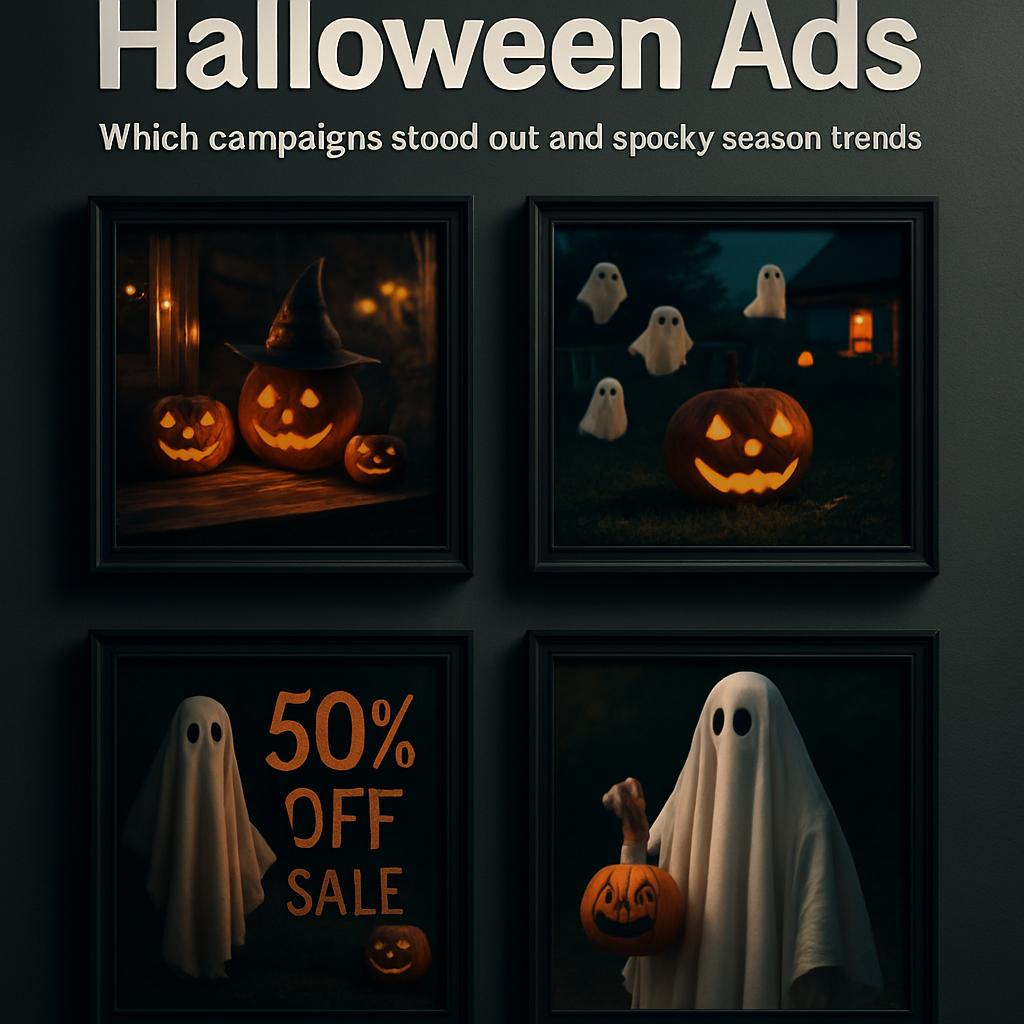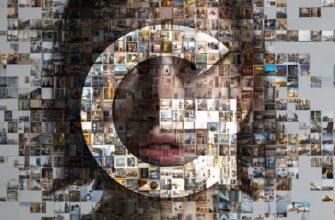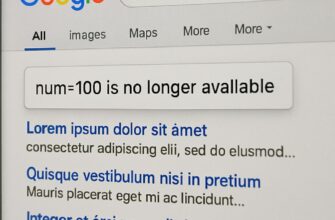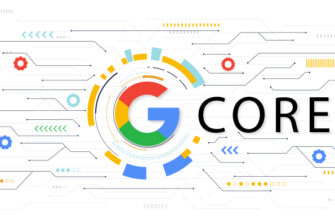Halloween in 2025 felt less like a shopping season and more like an experiment in storytelling, technology, and audience participation. This year’s top Halloween ads—which campaigns stood out and spooky season trends—weren’t just loud; they were clever, targeted, and often interactive. Brands stopped asking customers to watch and started asking them to join the experience.
- what changed in Halloween advertising this year
- the campaigns that stood out and why
- serialized horror shorts
- AR and filter-led activations
- cause-driven spooky spots
- retail and product integrations
- creative tactics that dominated spooky season
- measuring impact: what metrics mattered in 2025
- what marketers should carry into Halloween 2026
- the audience is the greatest special effect
- final thoughts and next steps
what changed in Halloween advertising this year
For the first time in several cycles, the industry pivoted from spectacle to presence. Rather than blasting viewers with big-budget scares, many advertisers focused on threaded narratives across social, streaming, and real-world touchpoints. The impact was subtle but measurable: deeper engagement, more shares, and a sense that each ad was part of a larger conversation.
Data-driven creativity also matured. Marketers used first-party insights and event-based signals—weather, local celebrations, and streaming viewing habits—to trigger creative variations. That meant a single campaign could feel intimate and local without losing the benefits of scale.
Finally, authenticity mattered. Audiences have grown adept at sensing staged “viral” moments, so campaigns that leaned on genuine community participation or user-generated content performed better. In short, the most effective spots this season earned attention instead of buying it outright.
the campaigns that stood out and why
Instead of naming specific brands, it’s more useful to look at the archetypes that broke through this season. A few recurring patterns defined the winners: serialized horror shorts, AR-driven try-ons, activist-minded spooky stories, and clever retail tie-ins. Each type succeeded by meeting people where they already were—on phones, in neighborhoods, and inside long-form streaming habits.
What united the most memorable efforts was a willingness to extend beyond a single 30-second spot. Campaigns that included companion podcasts, short-form social episodes, or pop-up experiences tended to stay top of mind. They also gave viewers reasons to return and share, which in turn amplified organic reach.
Below is a compact table that explains the most notable campaign types and the reasons they resonated.
| Campaign type | Why it stood out |
|---|---|
| Serialized horror shorts | Built suspense, encouraged binge viewing and social speculation |
| AR and filter activations | Made participation easy and shareable across platforms |
| Cause-driven narratives | Aligned spooky themes with meaningful action |
| Retail integrations | Turned ad moments into immediate purchase or in-store experiences |
serialized horror shorts
Short-form serials performed like mini-series, releasing cliffhanger episodes across a brand’s channels. This format borrowed television pacing and applied it to advertising, rewarding viewers who followed along with deeper reveals and exclusive content. The result felt like entertainment first and ad second.
I covered a few of these projects this season and found that serialized spots drove higher completion rates on streaming platforms than standalone spots. Audiences seemed to enjoy the communal element—predicting outcomes, dissecting clues, and tagging friends to join the conversation.
AR and filter-led activations
Augmented reality moved from novelty to utility in 2025’s Halloween playbook. Filters that let users try on virtual costumes, morph voices, or transform backgrounds spread rapidly because they were easy to use and inherently social. Creators adapted these tools to produce content that felt less like advertising and more like a party favor.
Marketers leaned on platform-native mechanics to ensure these activations felt organic. By integrating AR with limited-time shopping links or contest entries, brands turned playful interactions into measurable conversions without breaking the spell.
cause-driven spooky spots
Several campaigns paired Halloween motifs with social causes—public safety, mental health awareness, and local heritage preservation. Those that succeeded did so by avoiding sermonizing and instead embedding the cause into a compelling story. The spooky element provided emotional entry; the cause provided takeaway meaning.
When done well, these ads inspired action rather than guilt. One campaign, for example, used ghostly imagery to highlight neighborhood safety programs and then directed viewers to volunteer opportunities. The creative felt respectful and purposeful, and the call to action was clear and achievable.
retail and product integrations
Retailers moved past sidewalk displays and into blended experiences, marrying online ads with in-store incentives and limited-edition drops. Campaigns that synchronized digital storytelling with exclusive in-person moments—live DJ nights, immersive shops, or themed sampling—captured attention and converted foot traffic into social content. It was a reminder that physical retail still matters when it’s experiential.
Another effective tactic was product storytelling: ads that showed how items could be repurposed for costumes or parties. Practical value plus spooky mood equals higher shareability and stronger purchase intent.
creative tactics that dominated spooky season
Some tactical moves recurred across successful campaigns, and you can adopt most of them without a blockbuster budget. The top practices included layered narratives, platform-native creative, micro-influencer partnerships, and timed exclusives. Together they helped ads feel less like interruptions and more like a co-created cultural moment.
Here is a short list of effective tactics to reference when planning campaigns:
- Chunked storytelling released over multiple platforms
- AR filters and social challenges that invite participation
- Local activation and geo-targeted creative variations
- Purposeful brand alignments with community causes
- Fast-turn creative testing to iterate in real time
One consistent lesson: the platform determines the execution. What works as a five-second stunt on one channel might need a measured reveal on another. Marketers who respected platform grammar saw better engagement than those who pushed identical creative everywhere.
measuring impact: what metrics mattered in 2025

Vanity metrics still have their place, but this season the most persuasive numbers were behavioral: time-in-content, repeat views, hashtag dwell, and conversion actions tied to campaign steps. Brands that mapped metrics to a clear journey—awareness, engagement, action—could show a return on creative risk.
Below is a simple table highlighting the metrics advertisers prioritized and why they were useful for spooky season campaigns.
| Metric | Why it mattered |
|---|---|
| Time in content | Indicated attention depth for serialized or immersive spots |
| Repeat engagement | Showed ongoing interest for episodic campaigns |
| UGC volume | Reflected organic spread and community participation |
| Conversion rate on tie-ins | Tracked real-world or commerce outcomes linked to creative |
In practice, combining these signals allowed teams to optimize mid-flight. I observed several media teams using near-real-time dashboards to pivot creative, adjust spend, or extend episodes because the data was so revealing.
what marketers should carry into Halloween 2026
If you’re planning next year’s spooky push, think in layers: a narrative spine, interactive elements, and a clear conversion pathway. Don’t rely on a single platform or a single creative moment; build a small ecosystem that rewards repeat engagement. That way, each touchpoint reinforces the others.
Here are five practical steps to start now:
- Plan episodic content with checkpoints for social conversation.
- Invest in one meaningful interactive mechanic—AR, a quiz, or a local pop-up.
- Tie the creative to a small, measurable call to action.
- Recruit niche creators who can authentically translate your concept.
- Design a test-and-learn calendar that allows fast iteration.
From experience working with brands on seasonal work, the teams that prepare early and leave room for agility consistently outperform those that lock down a single creative path. Budget for adjustments and give yourself the runway to amplify the content that resonates.
the audience is the greatest special effect
One of the clearest truths of this season was that audiences enjoy authorship. Campaigns that handed viewers a role—detective, participant, costume designer—saw higher engagement because people want to be part of the story. Halloween’s participatory tradition made this a natural fit.
For advertisers, the challenge is balance: give people enough structure to play, but leave space for creativity. When successful, those campaigns become community rituals rather than one-off promotions.
final thoughts and next steps
2025’s Halloween ads taught us that spooky season is an opportunity to blend entertainment, technology, and community. The campaigns that stood out did so because they honored context, invited participation, and measured the right things. That combination drove both cultural impact and business outcomes.
If you want to explore more case studies, learn practical templates for episodic creativity, or see how these trends evolved throughout the season, visit https://news-ads.com/ and read other materials from our website. Your next Halloween campaign can start as a good story and end as a shared experience.







